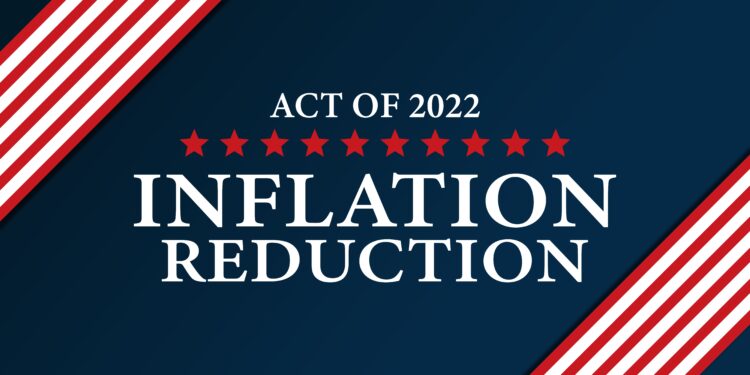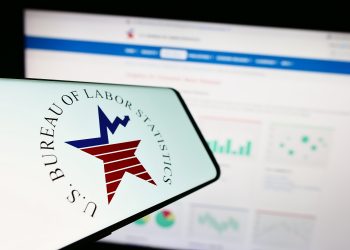The Inflation Reduction Act of 2022 (“IRA”) was signed into law by President Joe Biden on Aug. 16. The IRA represents a significant investment by the federal government in renewable energy and related technologies and provides welcome relief to developers of and investors in renewable energy projects.
Many of the renewable energy provisions in the IRA are similar to provisions that were originally proposed in the Build Back Better Act, which failed to gain legislative traction at the end of 2021, but there are significant differences.
Some of the highlights of the IRA include:
- An extension through 2024 of the existing 30% investment tax credit (“ITC”) for solar, qualified fuel cell, waste energy recovery, geothermal and other designated electricity generation facilities. Under prior law the 30% ITC for solar energy property was scheduled to phase down between 2020 and 2023. Certain solar projects placed in service before 2022, however, may qualify only for a 26% ITC.
- An extension through 2024 of the existing production tax credit (“PTC”) for wind, biomass, landfill gas, trash, qualified hydropower, and other designated electricity generation facilities. Under prior law the PTC for wind facilities phased out between 2017 and 2021.
- Creation of two new tax credits for projects that are placed in service after 2024: the Clean Electricity Investment Credit and the Clean Electricity Production Credit. These credits operate similarly to the existing ITC and PTC but are technology neutral. The new credits would apply to any electricity generating facility of a type that the Secretary of Treasury determines on an annual basis has an “anticipated greenhouse gas emissions rate” that is not greater than zero. The Clean Electricity Investment Credit will also apply to standalone battery storage technology. The new credits are scheduled to phase out for any qualified facility with respect to which construction begins after the later of 2032, or the year in which the Secretary of Treasury determines that annual greenhouse gas emissions from electricity production in the U.S. is less than 25% of 2022 levels.
- Imposition of new prevailing wage and apprenticeship requirements to qualify for the full 30% ITC and the full inflation-adjusted PTC. The prevailing wage requirement generally requires that all employees, contractors and subcontractors involved in the construction and alteration or repair of a project must be paid the applicable prevailing wage, as determined by the Secretary of Labor. The apprenticeship requirement requires that an applicable percentage of labor hours (depending on the year in which construction of a project begins) must be performed by apprentices. These requirements will become applicable after the Secretary of Treasury issues guidance regarding their application and related recordkeeping and reporting requirements.
- Additional ITC or PTC amounts for certain projects that are located in “energy communities” — including certain brownfield sites, statistical areas that satisfy employment or local tax revenue thresholds and have an unemployment rate above the average national unemployment rate for the previous year, and census tracts or adjoining census tracts in which a coal mine was closed after 1999 or a coal-fired electric generating unit has been retired after 2009 — or that satisfy domestic content requirements. An additional ITC amount is also available for certain projects located in low-income communities or on Indian land.
- Extension of the ITC to standalone energy storage facilities (e.g., batteries). Storage facilities previously qualified for the ITC only if they were at least 75% charged by a qualified solar or other ITC-qualified renewable electricity generating facility.
- Extension and addition of new tax credits related to qualified carbon oxide sequestration facilities, zero-emission nuclear power production facilities, biodiesel, renewable diesel and alternative fuels, clean hydrogen production, advanced energy projects, advanced manufacturing of certain renewable energy projects and alternative refueling property.
- Modification of the refundable tax credit for the purchase of qualified electric vehicles and a new refundable tax credit for the purchase of used qualified electric vehicles.
In addition to these changes, the IRA allows a qualified owner of an ITC- or PTC-qualified facility to transfer the tax credits to an unrelated person. The IRA also allows certain tax-exempt entities, such as tax-exempt charities and government entities, to receive a direct payment in lieu of tax credits. These changes may help developers of renewable energy projects, who often cannot themselves utilize large income tax credits, to obtain the benefit of the tax credits without undertaking expensive tax credit monetization transactions.
The extension and expansion of these tax credits are likely to cause increased development of renewable energy projects over the next several years, particularly wind, solar and battery storage projects. There is, however, significant uncertainty regarding a number of aspects of the IRA. For example, additional Treasury Department guidance is required regarding the prevailing wage and apprenticeship requirements and the definition of “energy community” for purposes of the added tax credit. The IRA also does not provide clarity regarding whether and to what extent individuals can utilize tax credits that are purchased from the owner of a qualified facility.
We expect the Treasury Department to provide answers to many of these questions over the coming months. Until those answers are provided, however, a number of aspects of the IRA remain unclear, which likely will impact commercial and investment decisions.
The IRA also includes several energy tax incentives for individuals, including an increase of the nonbusiness energy property credit (renamed the Energy Efficient Home Improvement Credit) for qualified energy efficiency improvements, and an extension of the residential energy efficient property credit (renamed the Residential Clean Energy Credit) for qualified residential energy efficient property purchases.
To help pay for these and other incentives the IRA adds a 15% alternative minimum tax on certain domestic corporations that report average adjusted financial statement income of more than $1 billion for any consecutive three-year period, and a 1% excise tax on certain stock repurchases by public companies. The corporate alternative minimum tax in particular may effectively take back some of the tax benefits provided for renewable energy projects. Nevertheless, the extended, expanded and new incentives are expected to advance the progression of renewable energy development over the coming years.
By Kevin Pearson and Michael Such.
Access original article here.












